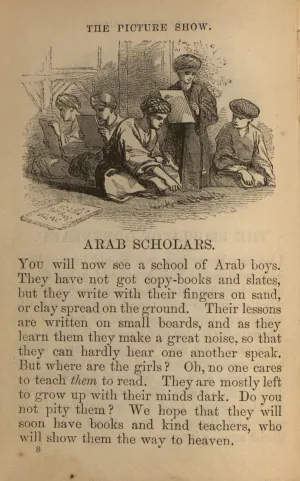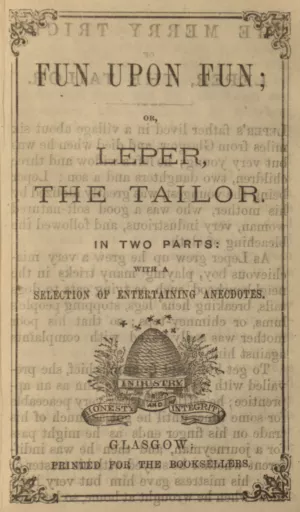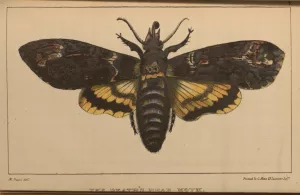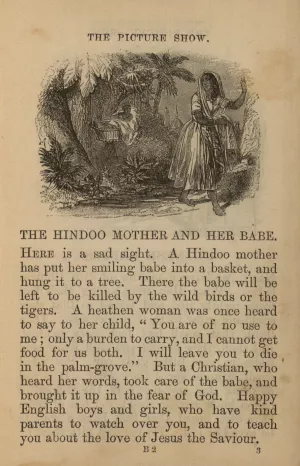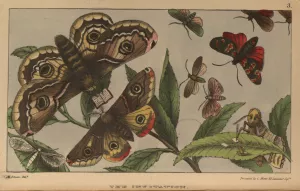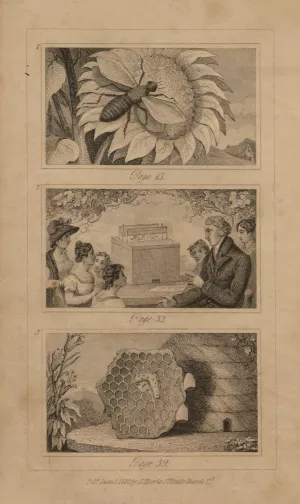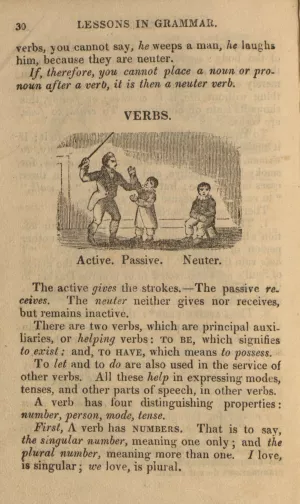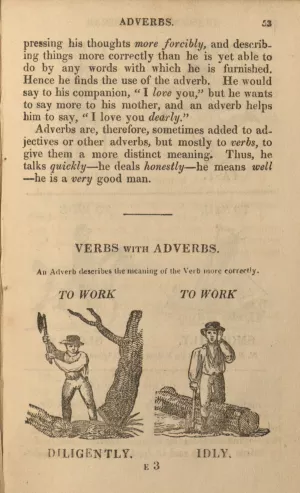Though the Victorian period is often considered the Golden Age of childhood, the children’s book market was an active political and moral battleground as early as the 1770s. With Rousseau’s new theories about children and their education challenging the older but well-entrenched philosophy of Locke, children’s books—and, more specifically, their illustrations—became a central issue for those invested in the debate. At the same time, violent riots in favor of Parliamentary reform caused the aristocracy to fear the possibility of a full-scale revolution like that raging in France. This fear made social control more important than ever to the upper-class, from which most authors and publishers came. With so much change at stake, education became an essential concern, and it was vital that "proper" ideas about race, class and gender be instilled in children as early as possible. This desire to inculcate young minds with the "correct" worldview reveals itself through images that evoke multiple reactions, associating several different ideas through visual means. This gallery brings together a variety of images—from richly colored and meticulously accurate pictures to simple, stock woodcuts—in an attempt to show how children’s illustrations of the time did much more than simply provide a picture of what the text described.

